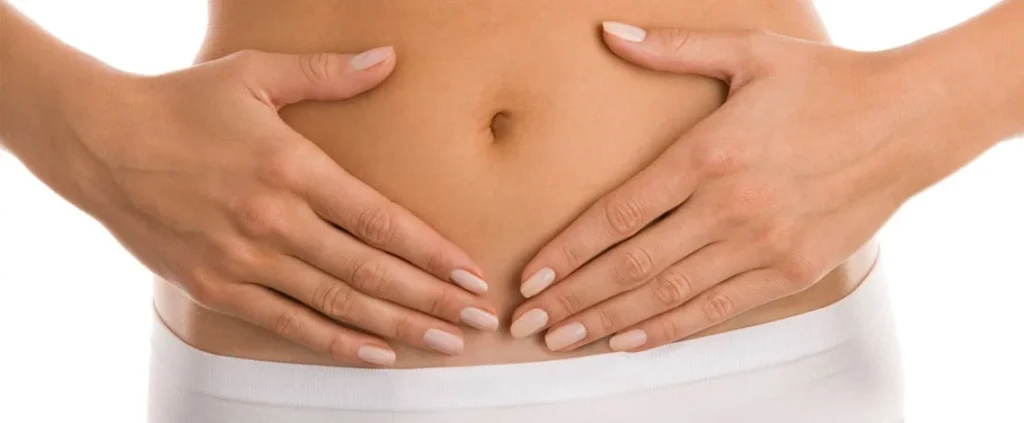Exercising regularly can significantly improve stomach problems and overall digestion. Physical activity helps by stimulating intestinal muscle contractions, which aids in moving food through your digestive tract and preventing constipation. It also boosts blood flow to your digestive organs, enhances the diversity of your gut microbiome, and reduces stress—a major trigger for many digestive issues like Irritable Bowel Syndrome (IBS).
Harmonize Your Gut: Unlocking Digestive Wellness Through Somatic Movement
Feeling bloated, sluggish, or constantly battling digestive discomfort? While diet often takes center stage, a powerful yet frequently overlooked ally in achieving gastrointestinal harmony is regular physical activity. Moving your body does more than just build muscle and burn calories; it initiates a cascade of physiological benefits that directly target the core of your digestive system. Forget thinking of exercise as a chore and start viewing it as a vital tool for splanchnic blood flow modulation and achieving a serene gut.
The Biomechanics of a Happy Stomach
When you engage in physical activity, you're essentially giving your digestive tract a gentle internal massage. This process, known as peristaltic stimulation, is crucial for efficient digestion. Understanding the science behind this can empower you to make targeted choices for your wellness routine.
Enhancing Gastrointestinal Motility
Your intestines are lined with smooth muscles that contract in a wave-like motion called peristalsis to push food along. A sedentary lifestyle can lead to sluggish motility, causing constipation, bloating, and a general feeling of heaviness. Exercise, particularly aerobic activities, acts as a natural catalyst for these contractions. This visceral kinetics ensures that waste is eliminated from your body in a timely manner, reducing the time potential irritants and toxins linger in your colon. Even a simple 20-30 minute brisk walk can significantly improve transit time.
Optimizing Blood Flow and Nutrient Absorption
During moderate exercise, your heart pumps more efficiently, improving circulation throughout your body. This includes an increase in blood flow to the splanchnic circulation, the network of vessels supplying your digestive organs. Enhanced blood flow delivers more oxygen and nutrients to the cells of your stomach and intestines, optimizing their function. This improved cellular environment supports more efficient breakdown and absorption of nutrients from the food you eat, ensuring you get the maximum benefit from your meals.
Activating the Enteric Nervous System
Often called the "second brain," the enteric nervous system (ENS) is the intricate network of neurons that governs your digestive tract. Stress and anxiety can disrupt the communication between your brain and your ENS, leading to symptoms like cramping, diarrhea, or constipation—hallmarks of conditions like IBS. Exercise is a potent stress-reducer, lowering cortisol levels and promoting the release of endorphins. This calming effect helps stabilize the gut-brain axis, leading to a more predictable and less reactive digestive system.
Tailoring Your Movement for Maximum Digestive Benefit
Not all exercises are created equal when it comes to gut health. While most movement is beneficial, certain types offer more targeted advantages. The key is to listen to your body and choose activities that feel good both during and after.
Gentle Aerobics: The Foundation of Gut Fitness
Low-to-moderate intensity aerobic exercises are the cornerstone of a gut-friendly fitness plan. They stimulate digestion without placing excessive stress on the system.
- Brisk Walking: A simple, accessible, and highly effective way to encourage regular bowel movements.
- Cycling: Whether outdoors or on a stationary bike, cycling provides a steady aerobic workout that promotes motility.
- Swimming: An excellent no-impact option that gently engages your core and stimulates digestive organs without jarring them.
Mind-Body Practices: Toning from the Inside Out
Practices like yoga and Tai Chi are exceptional for digestive biomechanics due to their focus on core strength, mindful breathing, and gentle twisting motions.
- Yoga: Poses such as the Cat-Cow stretch, Supine Twist, and Wind-Relieving Pose are specifically designed to massage the abdominal organs, release trapped gas, and alleviate bloating. The emphasis on diaphragmatic breathing also calms the nervous system, further benefiting the gut-brain connection.
- Pilates: This discipline focuses on strengthening the deep core muscles, including the transverse abdominis, which acts like a natural corset for your internal organs. A strong core provides better support for your digestive tract, improving its overall function.
What to Approach with Caution
High-intensity interval training (HIIT) and strenuous long-distance running can sometimes exacerbate digestive issues for sensitive individuals. During intense exercise, the body diverts blood flow away from the digestive organs to the working muscles. For some, this can trigger cramps, nausea, or runner's trots. If you enjoy intense workouts, pay close attention to timing. Avoid exercising vigorously for at least 1-2 hours after a large meal to give your body adequate time to begin digestion. Finding the right balance is key to harnessing the power of exercise without causing unwanted gastrointestinal distress.

